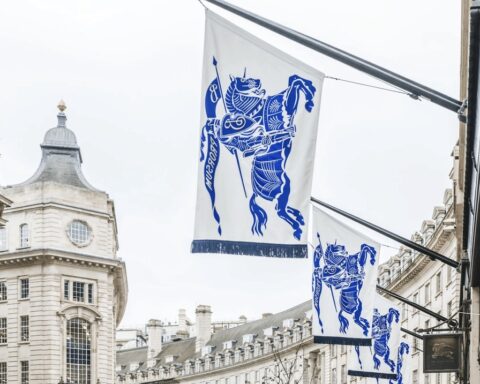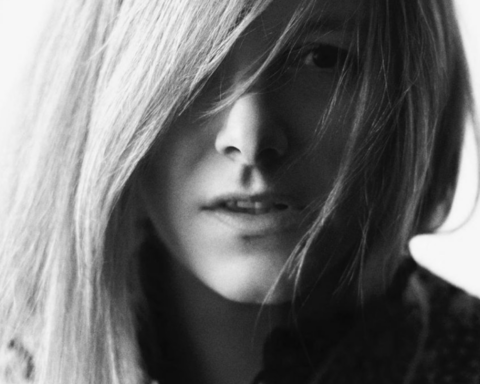[vc_row][vc_column][vc_single_image image=”1159″ img_size=”full” alignment=”center”][/vc_column][/vc_row][vc_row][vc_column][vc_column_text]
A priori, si l’on se place du point de vue des maisons de luxe, l’utilisation du web 2.0 et l’image de «Masse média» qui lui est attribuée ne coïncide en aucun cas avec leur stratégie éditoriale. Autrement dit, ce média à spectre large semble incompatible avec une marque de luxe qui, dans son cas, aura tendance à cibler une clientèle rare et privilégiée.
Pourtant les grandes maisons renforcent leur présence sur les réseaux sociaux pour rassembler de larges communautés au-delà de leur coeur de cible consommateur. Dans un univers où il s’agit de faire rêver, les réseaux sociaux tels qu’Instagram ou Snapchat, qui s’appuient sur l’impact visuel pour séduire, sont largement exploitées par les marques de luxe pour diffuser des contenus aspirationnels (visuels de défilés, de campagnes de communication) et inspirants. Décryptage.
72% des consommateurs de luxe utilisent les réseaux sociaux pour interagir avec leurs marques favorites (57% très fréquemment et 15% occasionnellement). C’est ce que révèle l’étude True-Luxury Global Consumer Insight, publiée en février 2017 par The Boston Consulting Group et Altagamma. Les Millennials sont 77% à le faire, la génération X, 72%, et les Baby Boomer et Silver, 53%. Aux Etats-Unis, de loin les premiers, ils sont 82% à adopter ce comportement, suivis de la Chine (78%), puis l’Europe (66%), et le Japon (49%) […]
[/vc_column_text][/vc_column][/vc_row][vc_row][vc_column][vc_column_text]RETROUVER LA TOTALITÉ DE CET ARTICLE EN COMMANDANT LES CAHIERS DE L’ECONOMIE DU LUXE – VERSION INTÉGRALE
VOUS POUVEZ EGALEMENT CONSULTER CET ARTICLE EN COMMANDANT LE CAHIER MARKETING[/vc_column_text][/vc_column][/vc_row]










